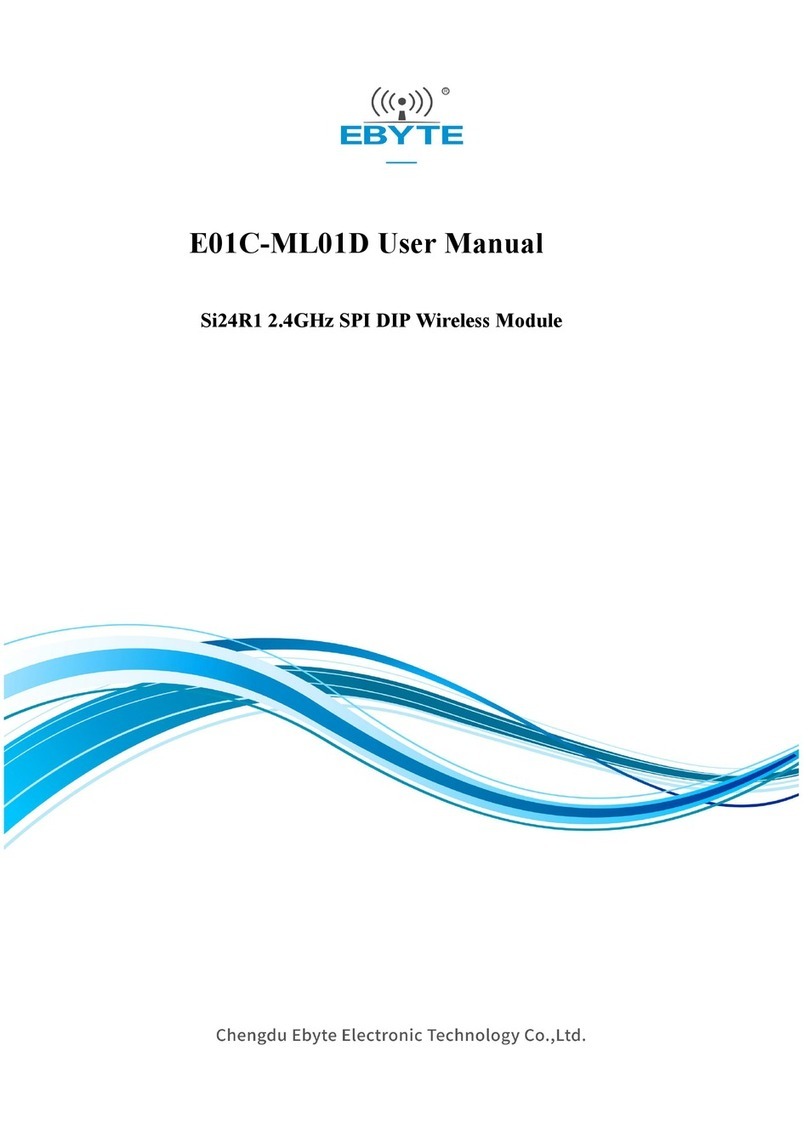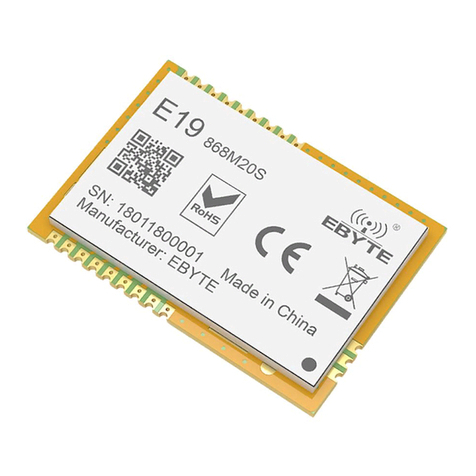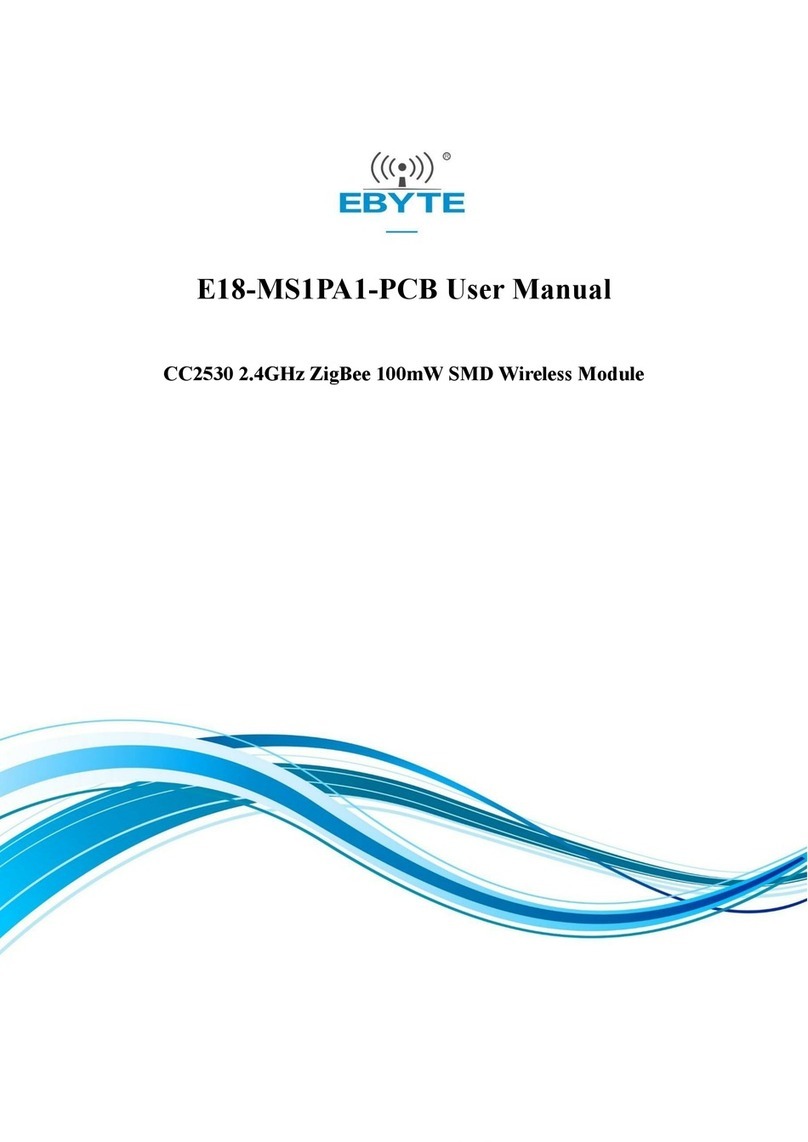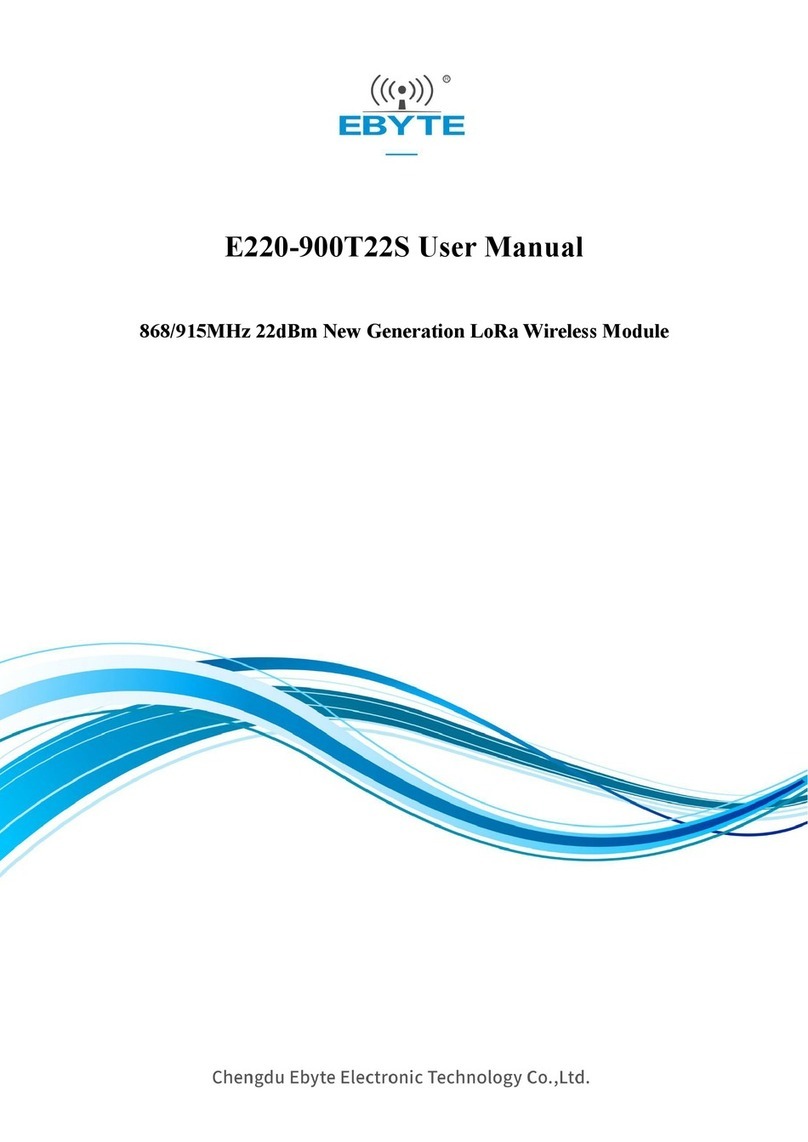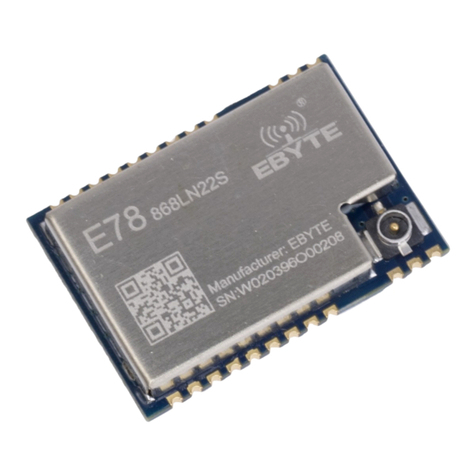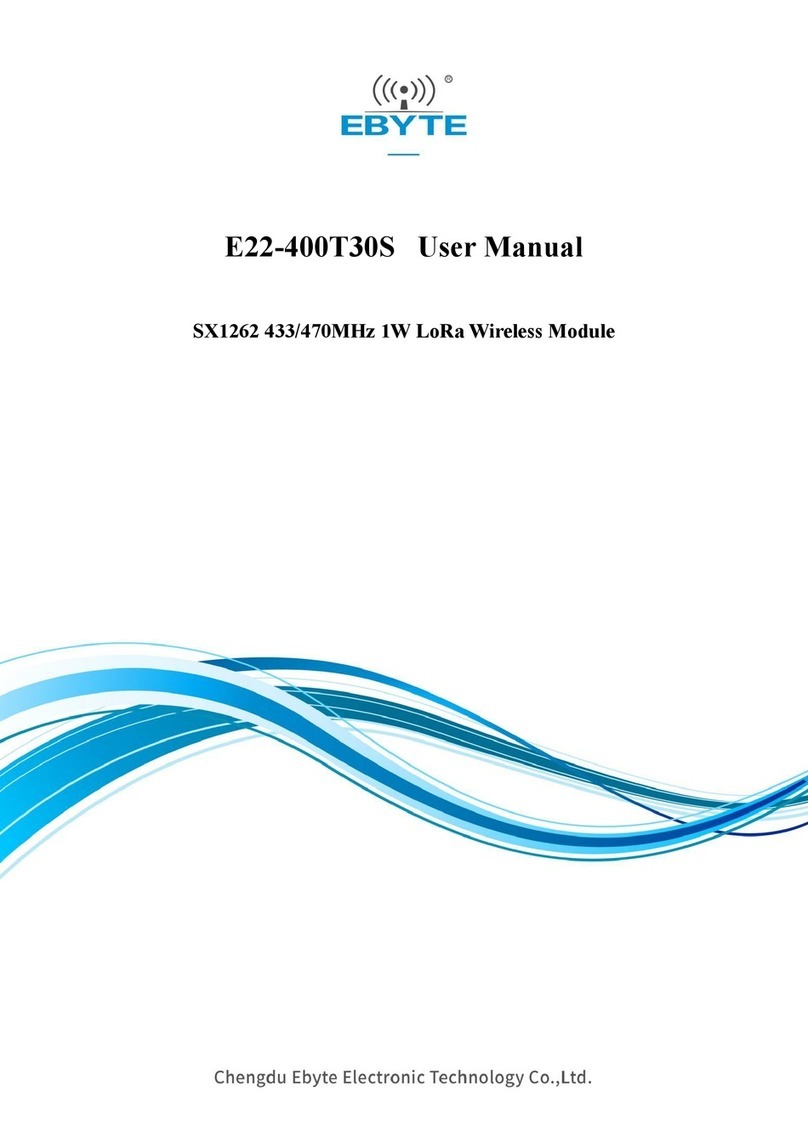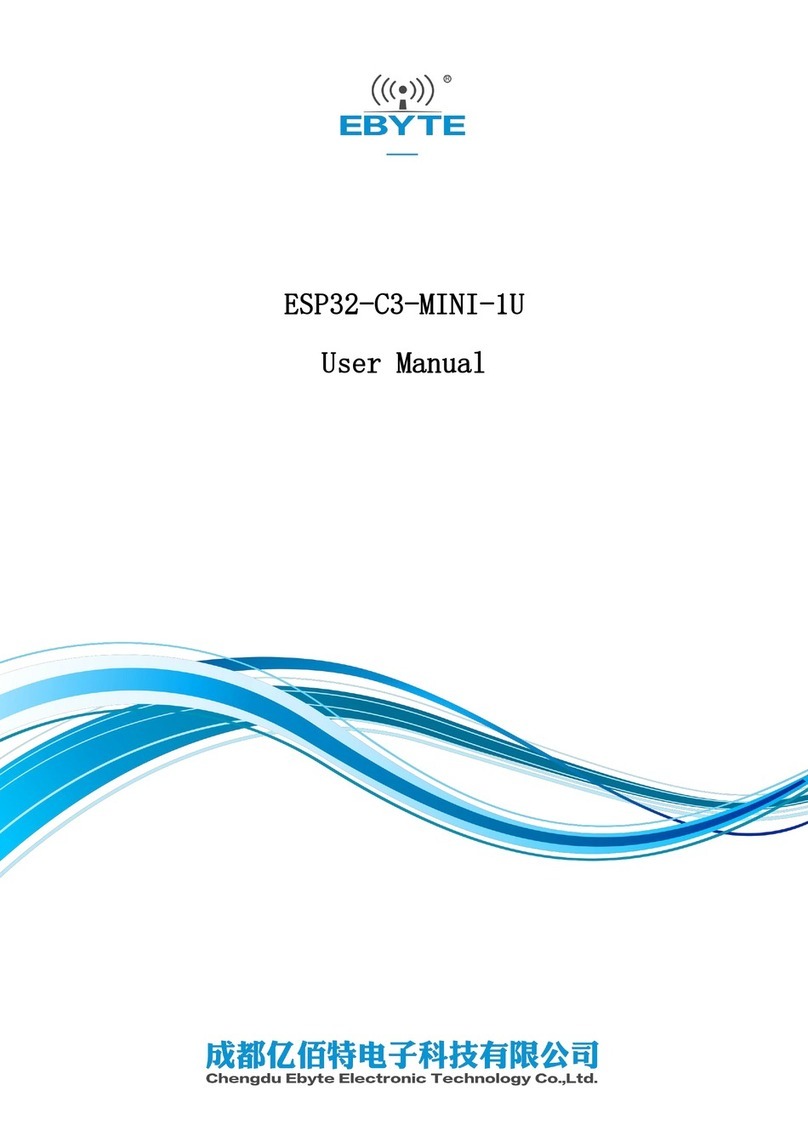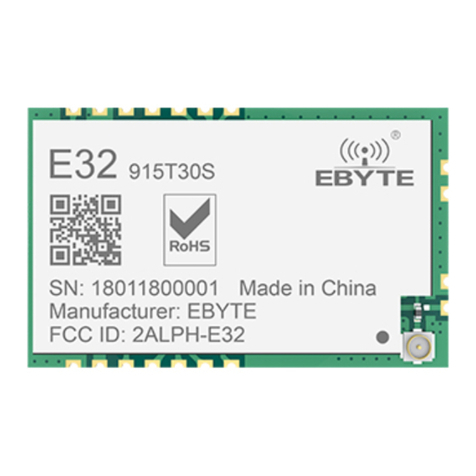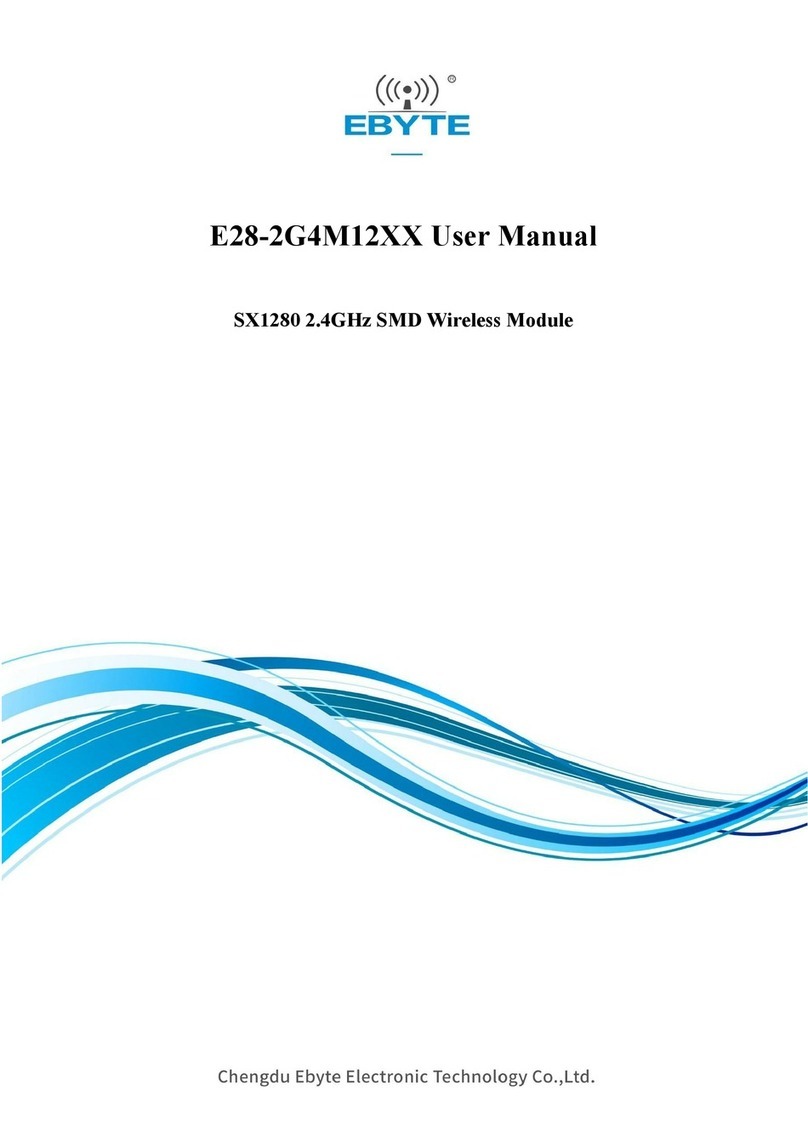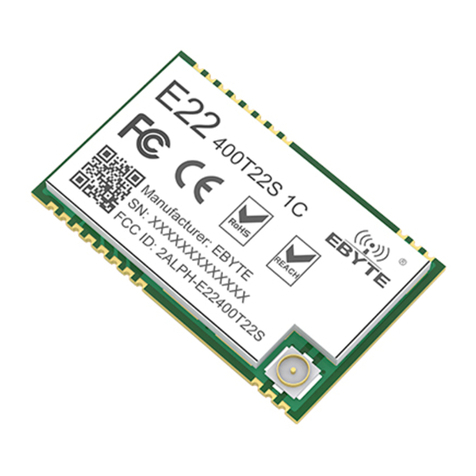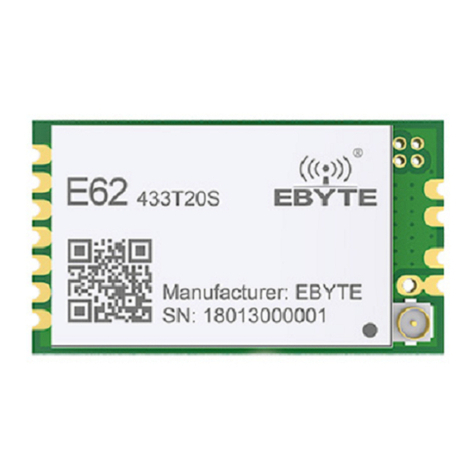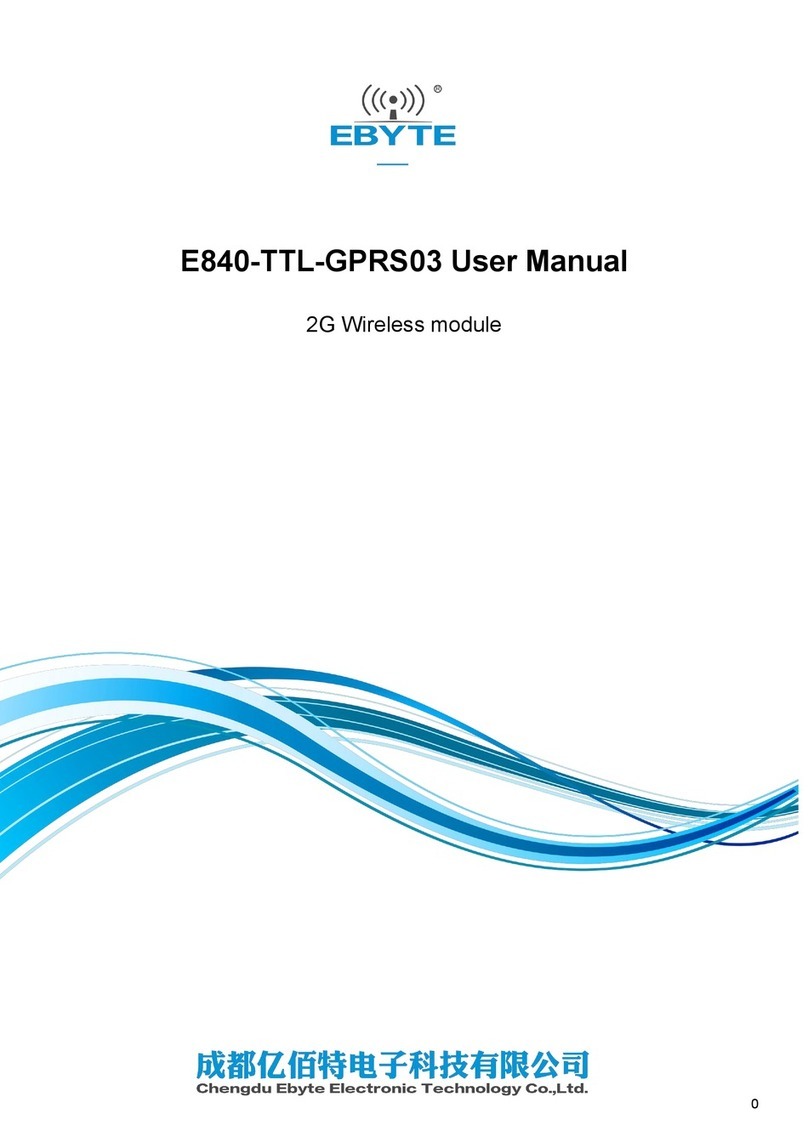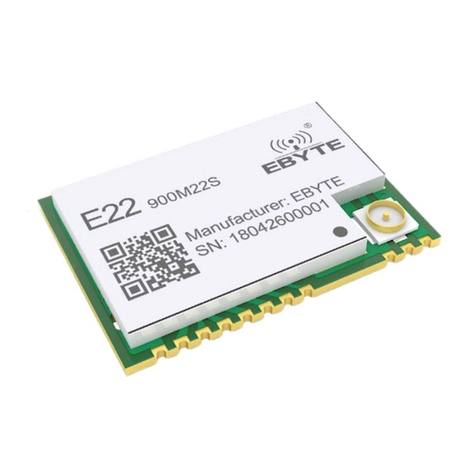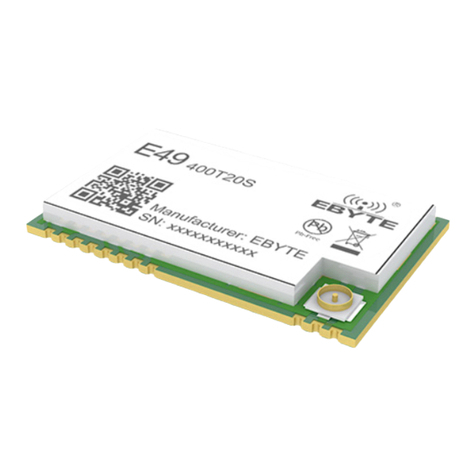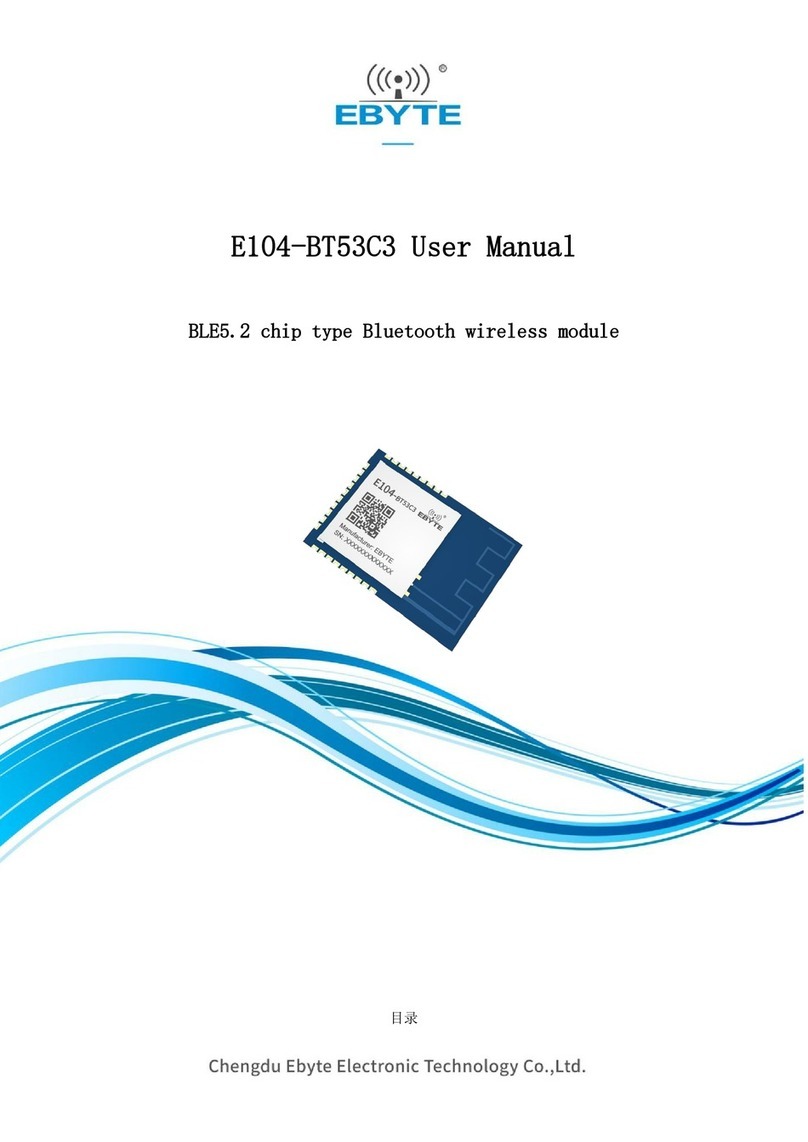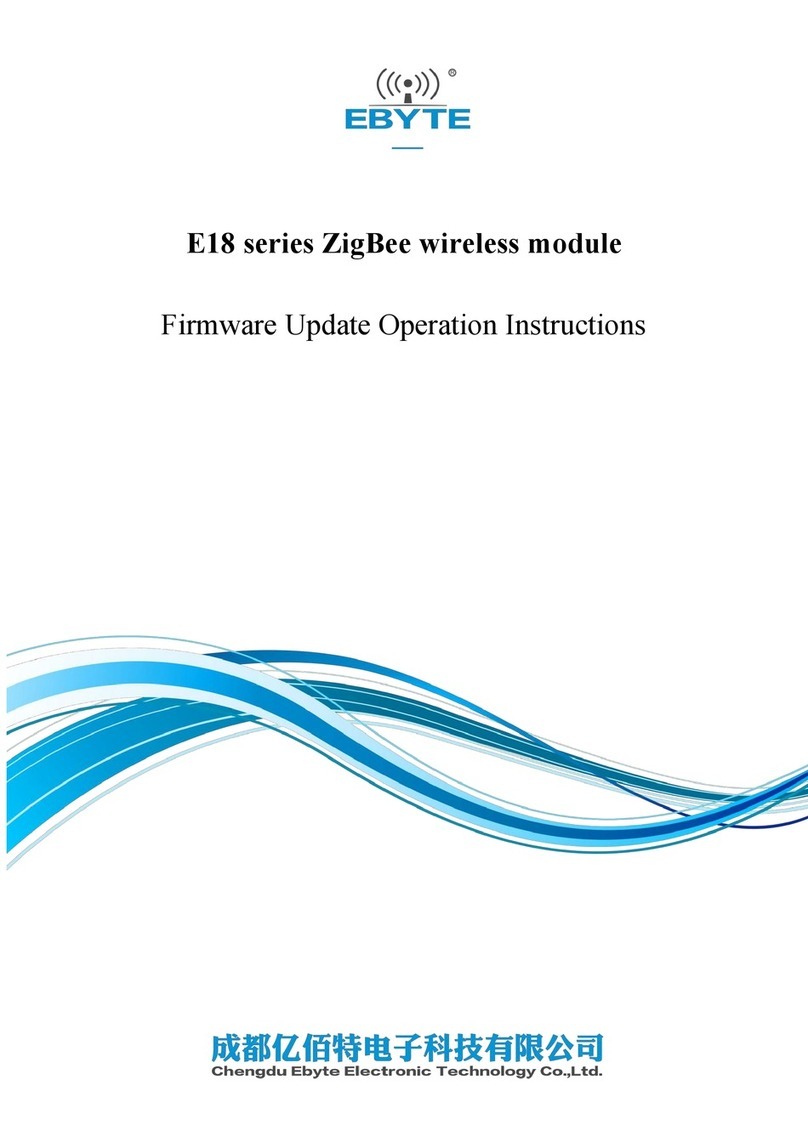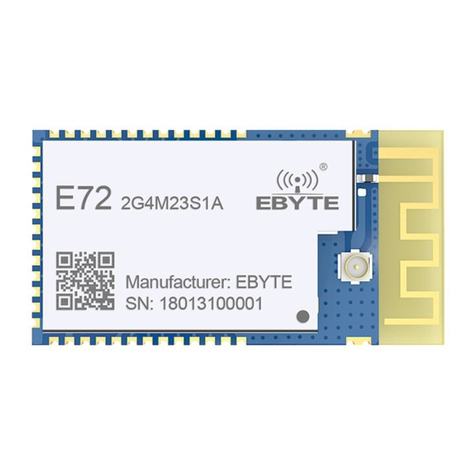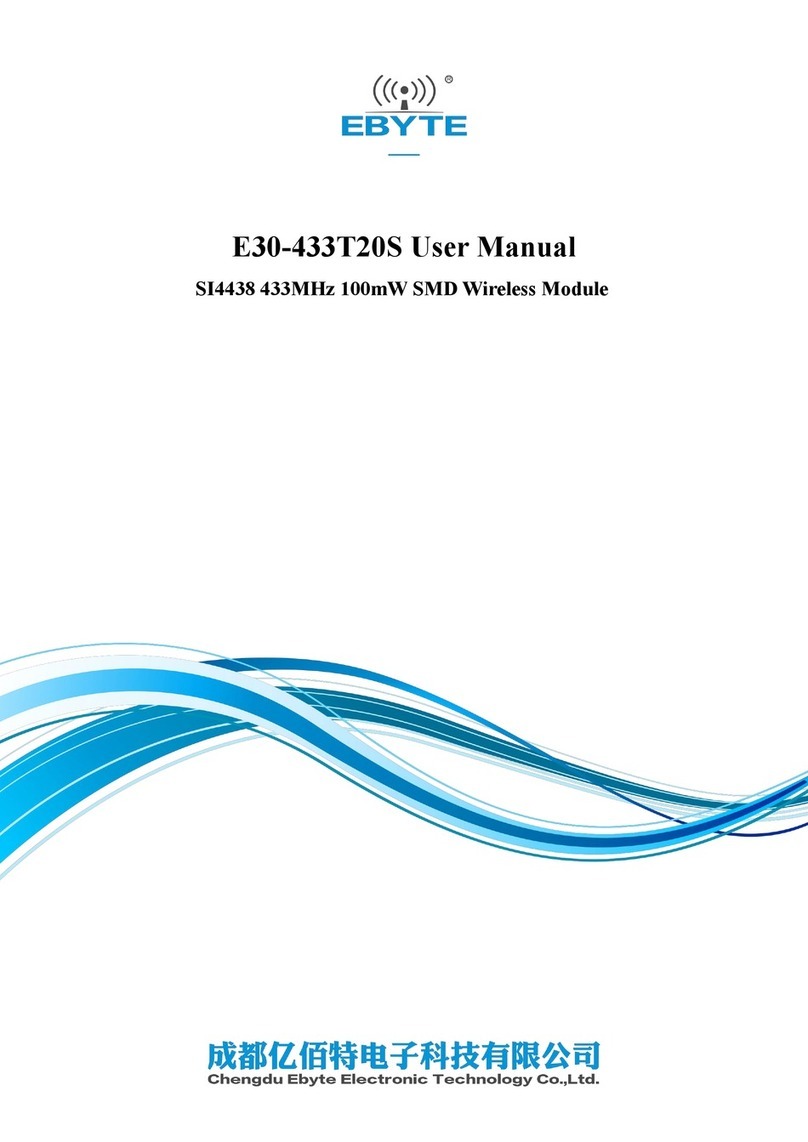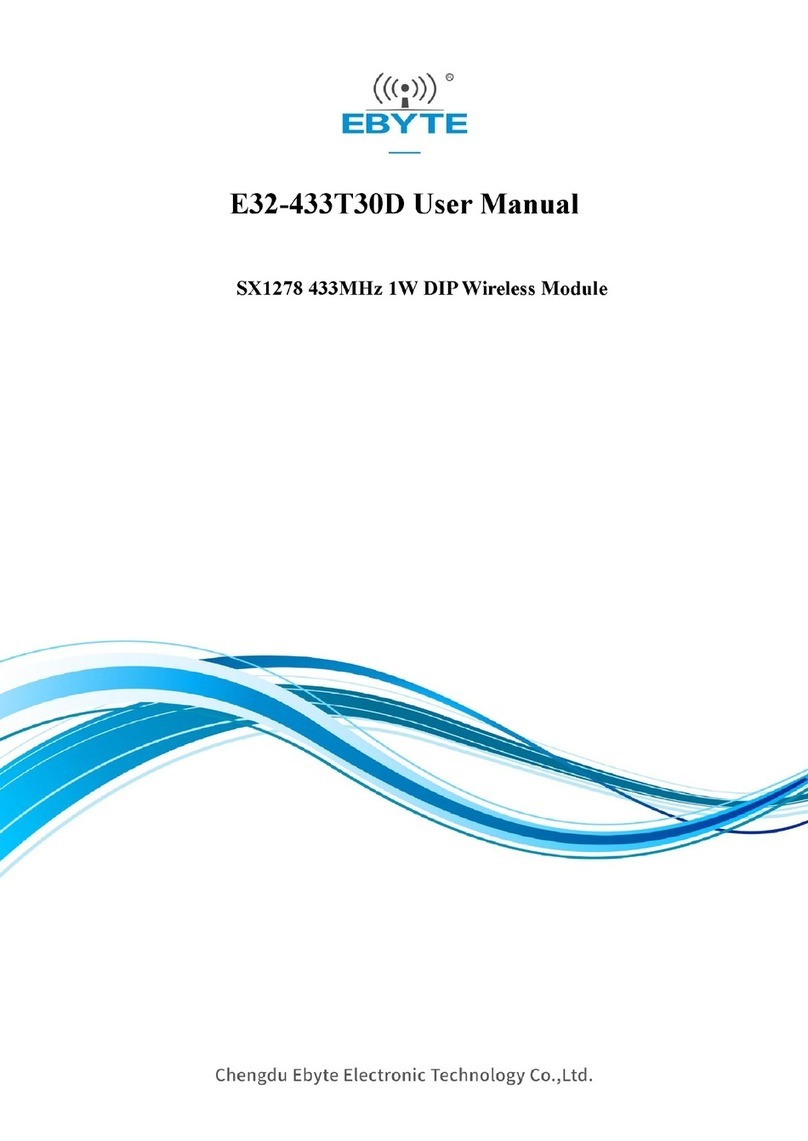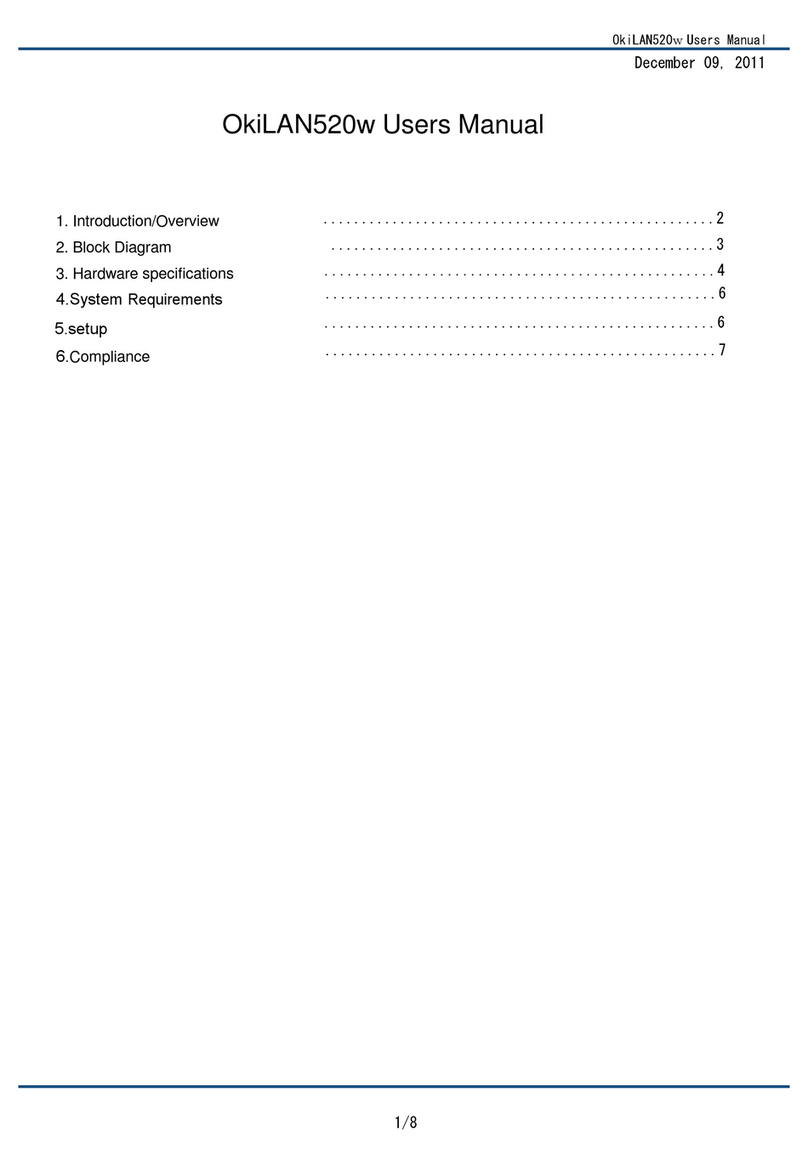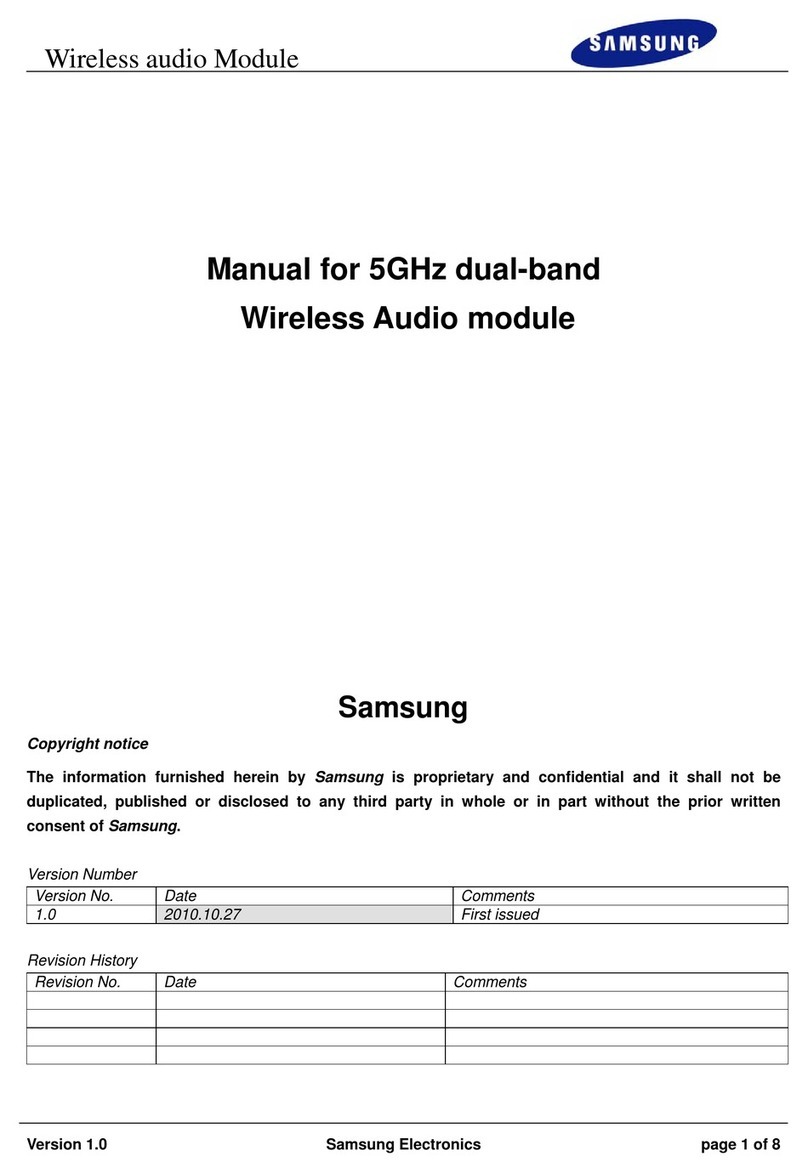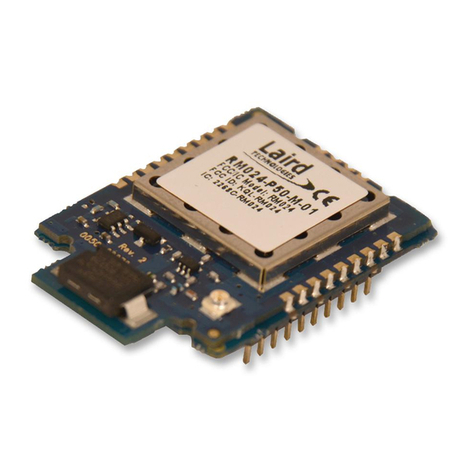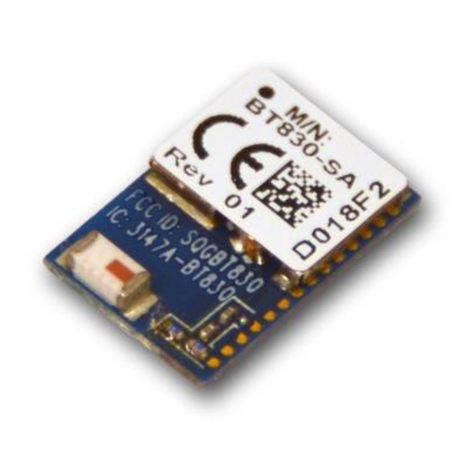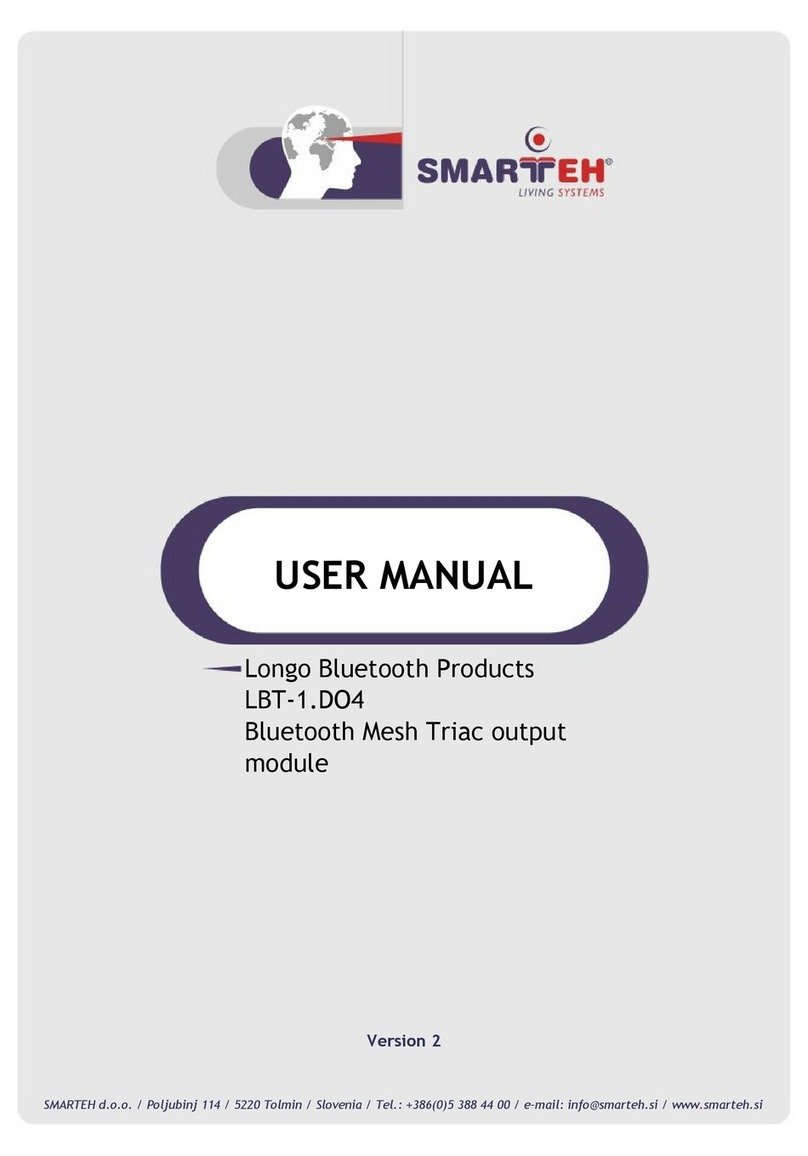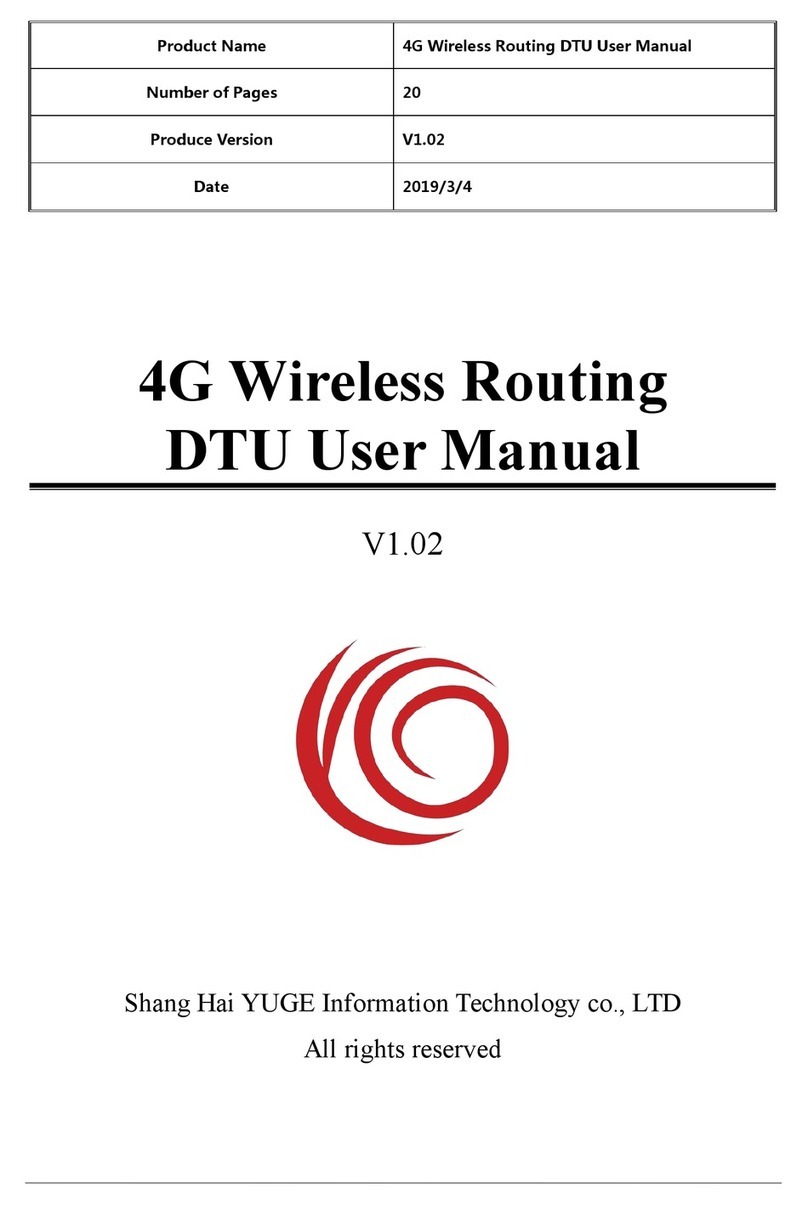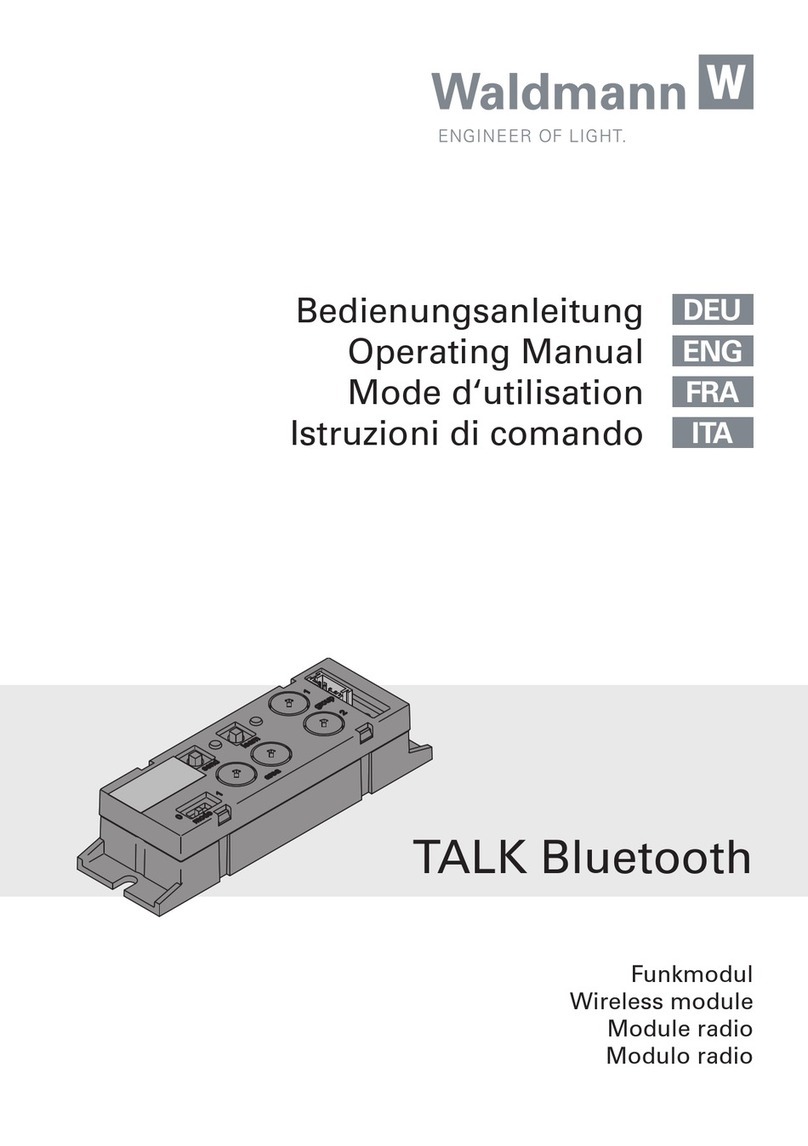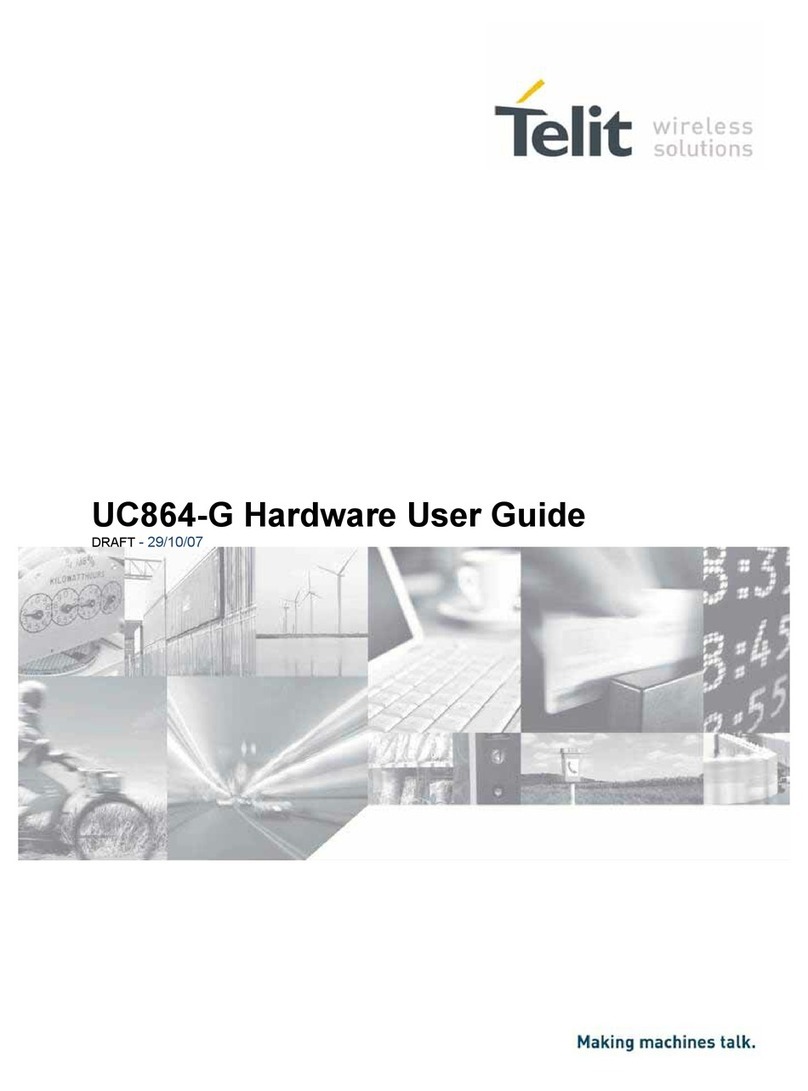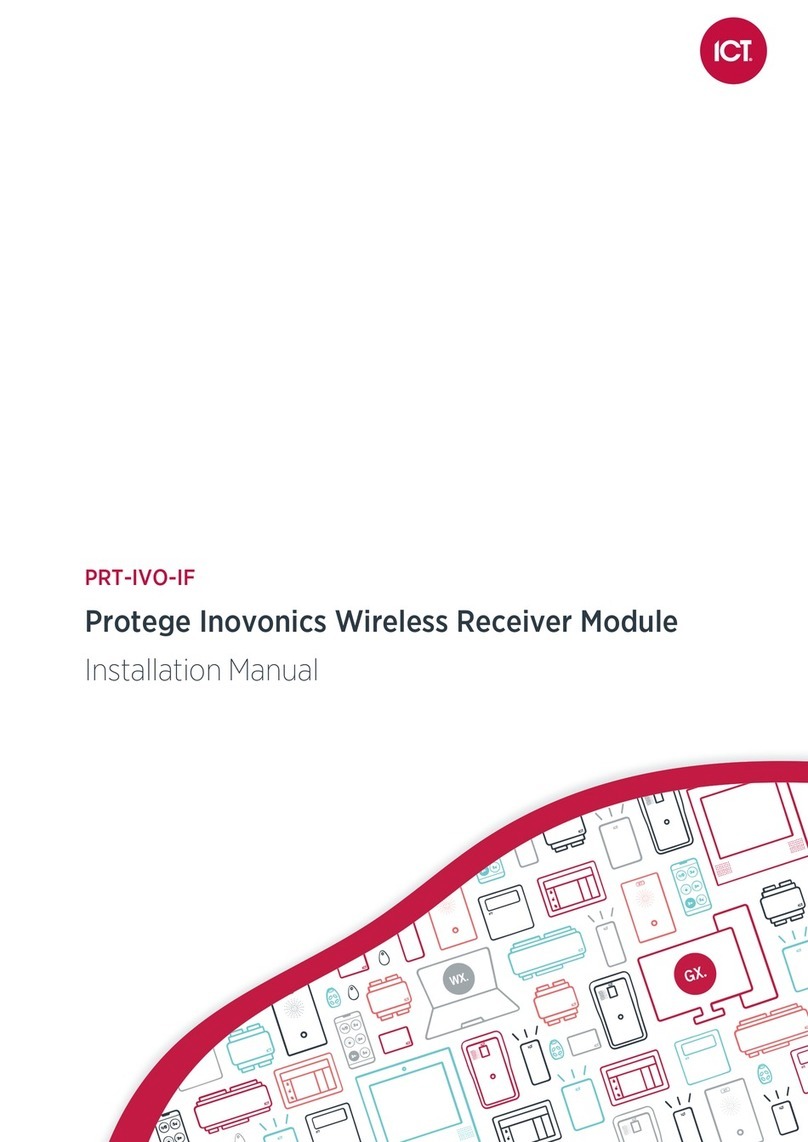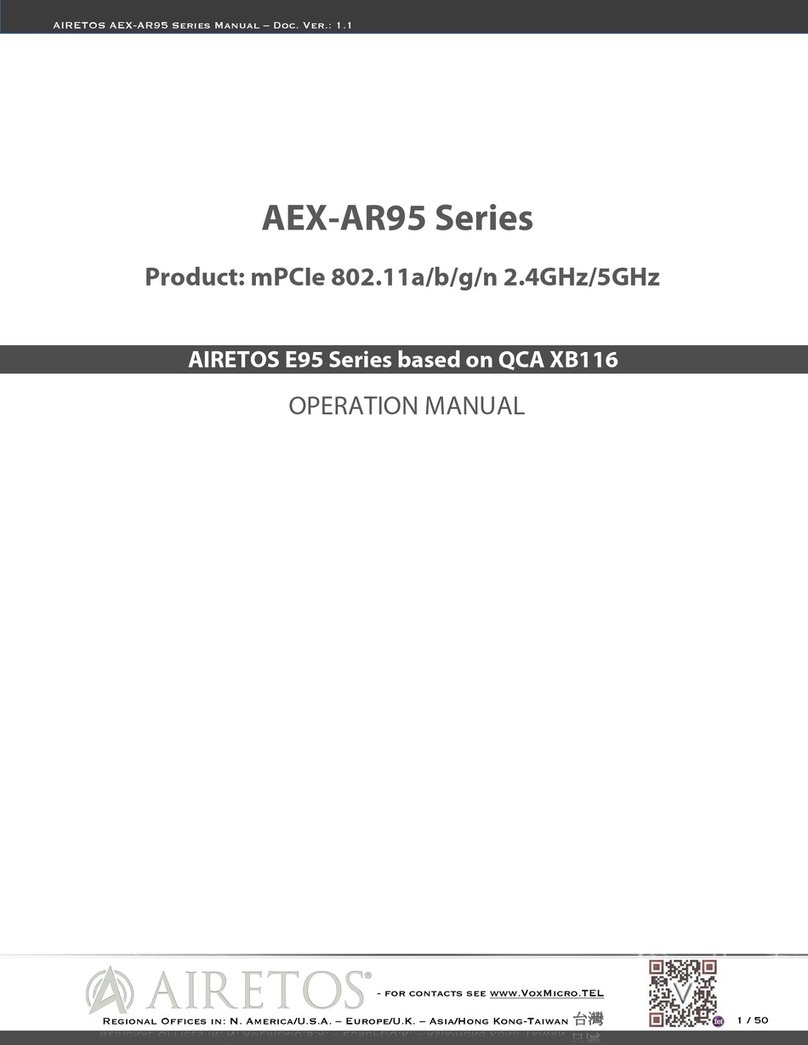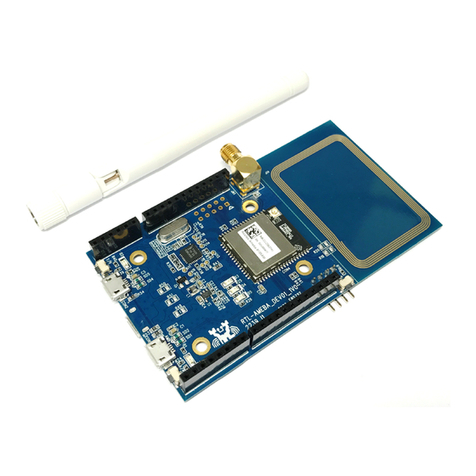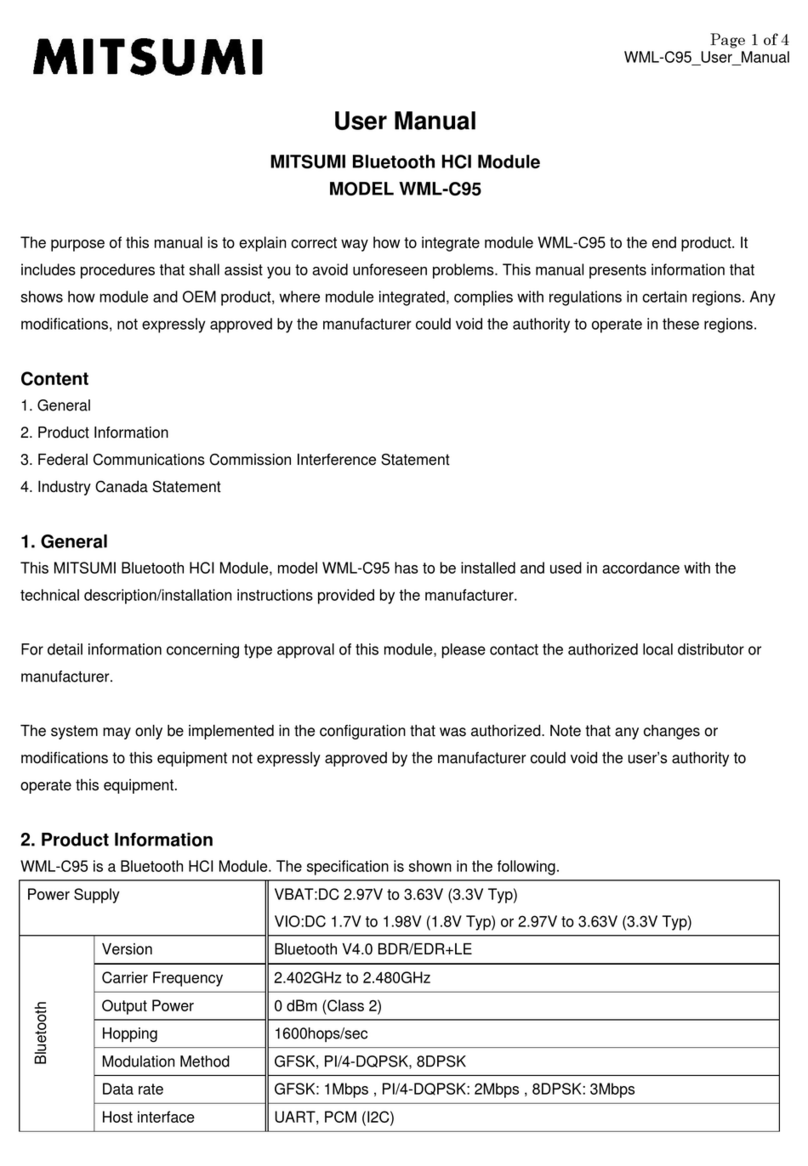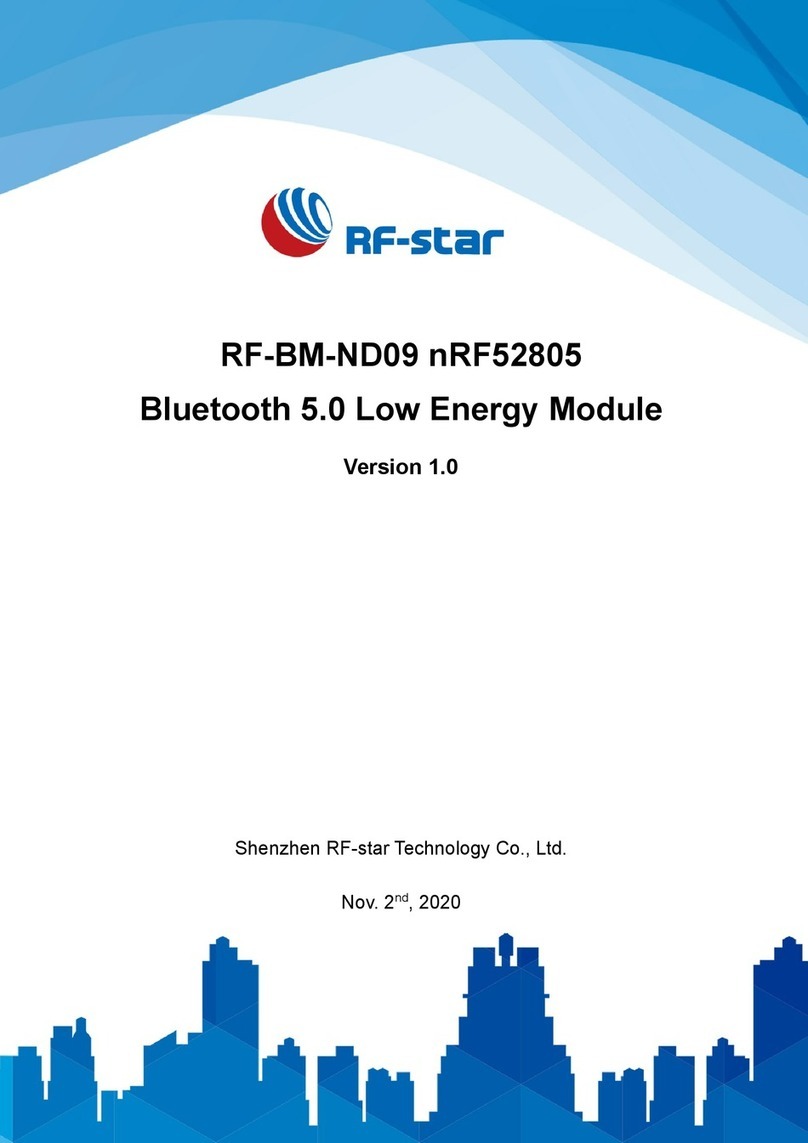
Chengdu Ebyte Electronic Technology Co,;Ltd E70-900T30Suser manual
Copyright ©2012–2021,Chengdu Ebyte Electronic Technology Co,;Ltd 1
CONTENT
1.OVERVIEW...............................................................................................................................................................3
1.1 INTRODUCTION..............................................................................................................................................................4
1.2 FEATURES...................................................................................................................................................................... 4
2. SPECIFICATION AND PARAMETER............................................................................................................5
2.1 LIMIT PARAMETER.........................................................................................................................................................5
2.2 OPERATING PARAMETER................................................................................................................................................5
3. DIMENSION/PIN DEFINITION........................................................................................................................... 6
4 CONNECT TO MCU................................................................................................................................................9
5 FUNCTION DESCRIPTION...................................................................................................................................9
5.1 FIXED TRANSMISSION....................................................................................................................................................9
5.2 BROADCASTING TRANSMISSION..................................................................................................................................10
5.6.1 Indication of UART output..................................................................................................................................
11
5.6.2 Indication of wireless transmitting......................................................................................................................
11
5.6.3 Configuration procedure of module....................................................................................................................
12
6. OPERATING MODE............................................................................................................................................ 12
6.1 MODE SWITCH............................................................................................................................................................ 13
6.2 RSSI MODE (MODE 0)................................................................................................................................................14
6.3 CONTINUOUS MODE (MODE 1)...................................................................................................................................14
6.4 SUB-PACKAGE MODE (MODE 2)................................................................................................................................. 15
6.5 CONFIGURATION MODE (MODE 3)..............................................................................................................................15
6.6 WAKE-UP MODE (MODE 4)......................................................................................................................................... 16
6.7 CONFIGURATION MODE (MODE 5)..............................................................................................................................16
6.8 POWER SAVING MODE (MODE 6)............................................................................................................................... 16
6.9 SLEEP MODE (MODE 7).............................................................................................................................................. 17
7.INSTRUCTION FORMAT.................................................................................................................................... 17
7.1 DEFAULT PARAMETER................................................................................................................................................. 17
7.2 READING OPERATING PARAMETERS............................................................................................................................18
7.3 READING VERSION NUMBER...................................................................................................................................... 18
7.4 RESET INSTRUCTION................................................................................................................................................... 18
7.5 PARAMETER SETTING INSTRUCTION........................................................................................................................18
8.PARAMETER SETTING.......................................................................................................................................20
9.SECONDARY DEVELOPMENT......................................................................................................................... 21
9.1 DOWNLOAD PROGRAM............................................................................................................................................... 21
10. HARDWARE DESIGN....................................................................................................................................... 22
11 FAQ.........................................................................................................................................................................23
11.1 COMMUNICATION RANGE IS TOO SHORT....................................................................................................................23
11.2 MODULE IS EASY TO DAMAGE.................................................................................................................................. 23
11.3 BER(BIT ERROR RATE)IS HIGH................................................................................................................................23
12.PRODUCTION GUIDANCE...............................................................................................................................24
12.1 REFLOW SOLDERING TEMPERATURE......................................................................................................................... 24
12.2 REFLOW SOLDERING CURVE......................................................................................................................................24
13.E70 SERIES........................................................................................................................................................... 25
14. ANTENNA GUIDANCE......................................................................................................................................25
